"To Live Forever: Egyptian Treasures from the Brooklyn Museum" @ Joslyn Art Museum
Ancestral Bust of a Woman, New Kingdom, Dynasty 18 to early Dynasty 19, ca. 1336–1279 B.C. Limestone, painted. Brooklyn Museum Charles Edwin Wilbour Fund.
OMAHA, NE.- Encompassing more than one hundred objects from the Brooklyn Museum’s world-renowned holdings, To Live Forever includes some of the greatest masterworks of the Egyptian artistic heritage. Exploring beliefs about life, death, and the afterlife as seen through the practice of mummification, the conduct of a funeral, and various types of tombs and burials, this exhibition answers the questions at the core of our continuing fascination with the art of ancient Egypt.
To Live Forever: Egyptian Treasures from the Brooklyn Museum is on view at Joslyn Art Museum from February 11 through June 3, 2012.
Belief in the afterlife and the view that death was an enemy that could be vanquished were among the most central cultural beliefs throughout thousands of years of ancient Egyptian civilization. To Live Forever features objects illustrating a range of strategies the ancient Egyptians developed to defeat death, including mummification and various rituals performed in the tomb. The exhibition reveals what the Egyptians believed they would find in the next world, and contrasts how the rich and the poor prepared for the hereafter. The economics of the funeral are examined, including how the poor tried to imitate the costly appearance of the grave goods of the rich in order to ensure a better place in the afterlife.
Each section of the exhibition contains funeral equipment for the rich, the middle class, and the poor. The visitor will be able to compare finely painted wood and stone coffins made for wealthy patrons with the clay coffins the poor made for themselves; masterfully worked granite vessels with clay vessels painted in imitation of more desirable materials; and gold jewelry created for the nobles contrasted with faience amulets fashioned from a man-made turquoise substitute. Objects on view include the Bird Lady—one of the oldest preserved statues from all Egyptian history and a signature Brooklyn Museum object; a painted limestone relief of Queen Neferu; the elaborately painted shroud of Neferhotep; a gilded mummy mask of a man; and a gold amulet representing the human soul. Other highlights include the mummy and portrait of Demetrios, a wealthy citizen of Hawara; two mummies of dogs; stone sculptures and statues; protective gold jewelry made for nobility; canopic jars (used to store the body's major organs during mummification); and ceramic vessels used during Egyptian funerals.
Edward Bleiberg, Ph.D., curator of Egyptian, classical, and ancient Near Eastern art at the Brooklyn Museum, has organized the exhibition.
Female Figurine, Predynastic Period, Naqada II Period, circa 3650-3300 B.C.E., terracotta, painted, Brooklyn Museum, Charles Edwin Wilbour Fund
Mummified Dog, 664–332 B.C.E. or later, linen, animal remains, Brooklyn Museum, Charles Edwin Wilbour Fund
Heart Scarab (back and front), Late Period, Dynasty 26, 664–525 B.C.E., steatite and sheet gold, Brooklyn Museum, Charles Edwin Wilbour Fund
Gaming Board Inscribed for Amenhotep III with Separate Sliding Drawer, ca. 1390–1353 B.C.E., faience, glazed, Brooklyn Museum, Charles Edwin Wilbour Fund
Necklace, Probably Roman Period, 1st–2nd century C.E., gold, beryl, Brooklyn Museum, Gift of Evangeline Wilbour Blashfield, Theodora Wilbour, and Victor Wilbour, honoring the wishes of their mother, Charlotte Beebe Wilbour, as a memorial to their father, Charles Edwin Wilbour
Shabty of Amunemhat, New Kingdom, Dynasty 18, reign of Tuthmosis IV to reign of Akhenaten, ca. 1400–1336 B.C.E., limestone, painted, Brooklyn Museum, Charles Edwin Wilbour Fund
Anthropoid Coffin of the Servant of the Great Place, Teti, New Kingdom, Dynasty 18, ca. 1339 B.C.–1307 B.C. Wood, painted. Brooklyn Museum, Charles Edwin Wilbour Fund.

/https%3A%2F%2Fprofilepics.canalblog.com%2Fprofilepics%2F1%2F0%2F100183.jpg)
/https%3A%2F%2Fstorage.canalblog.com%2F03%2F02%2F119589%2F96711876_o.jpg)
/https%3A%2F%2Fstorage.canalblog.com%2F11%2F31%2F119589%2F94773502_o.jpg)
/https%3A%2F%2Fstorage.canalblog.com%2F20%2F83%2F119589%2F94772815_o.jpg)
/https%3A%2F%2Fstorage.canalblog.com%2F26%2F72%2F119589%2F75604929_o.jpg)
/https%3A%2F%2Fstorage.canalblog.com%2F59%2F60%2F119589%2F26458628_o.jpg)

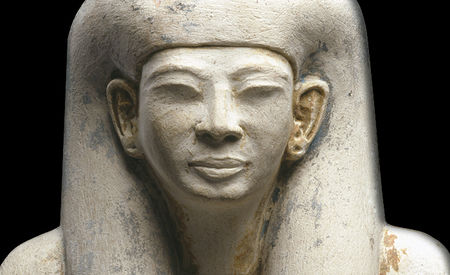
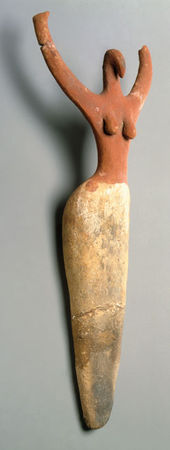
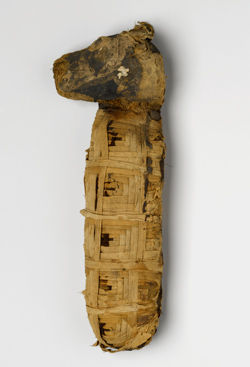
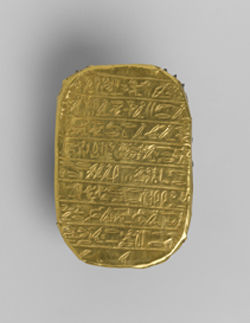
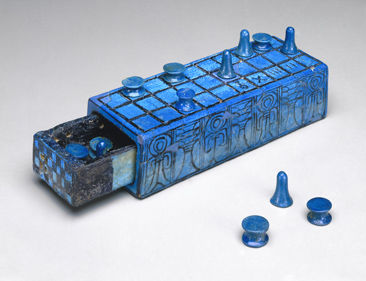






/http%3A%2F%2Fstorage.canalblog.com%2F41%2F09%2F119589%2F71183938_o.jpg)
/http%3A%2F%2Fstorage.canalblog.com%2F97%2F69%2F119589%2F33920816_o.jpg)
/http%3A%2F%2Fstorage.canalblog.com%2F86%2F66%2F119589%2F30468903_o.jpg)
/http%3A%2F%2Fstorage.canalblog.com%2F59%2F51%2F119589%2F31009497_o.jpg)